Previous
Off the diet until Christmas


Your dream house is one step away from you.
Subscribe to our newsletter and get 10% off orders of at least £100,00!
Enjoy it and don’t miss out on our offers and updates.


This year’s interior design fairs have ended leaving us with one certain thing: the sofa appears to have got bigger than usual. And sinking into this armchair has suddenly felt more comfortable than I remembered. Wait a second, has this print always been that big? Uhm.
Now the time has come for brands to celebrate the comeback of luxury materials and textures, to focus on details and fine tuning them until they drive you to despair, to experiment with different silhouettes – applying this on a large scale, to enhance and reinforce the type of impact that is the key feature of furniture, bringing together the aesthetics with what’s exciting.
Wave goodbye to moderation and monochromatic schemes. Now, the eyes have to be appeased too and excited at the same time: in fact, maximalist decor isn’t chaos and piling up stuff; it’s a careful organization of the whole. It’s a harmonious process: each piece is linked to the others through the use of colour and contrasting materials.
Our eyes shouldn’t linger on a specific detail – it’s hard when that sofa takes over half of the room, isn’t it? – but they should consider the bigger picture and its subtle internal dynamics. And appreciate them.

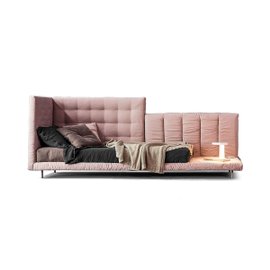
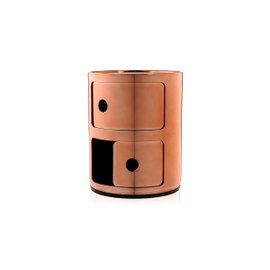
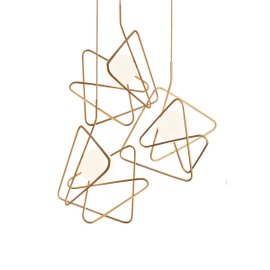
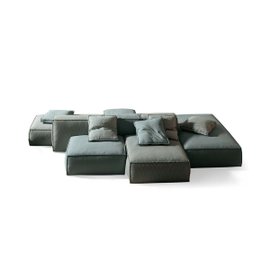

This year’s interior design fairs have demonstrated this to a great extent: a triumph of natural materials you can touch, like velvet, leather, felt and non-sanded timber. Also metals have got coarser and warmer, with a general reuse of art-deco influences from the thirties.

It’s time to dig out your wallpaper and hang it everywhere. In theory, at least: actually you just need go for flashy prints and don’t limit yourself when you put them side by side. In fact, remember not to match wallpaper patterns, but to put different patterns together.
Forget about white: maximalist decor is here so you can unleash all the colours you can think of. You can lead with one colour and use it in several shades, also drawing on the visual qualities of different materials and textures, or you can even use different colours in unison: it’s important not to hesitate, but to be purposeful.
Do you remember those accessories that were banned by minimalism? They have made a comeback, every accessory you can think of. All together. In fact, maximalist decor isn’t just about colour: each piece makes an important contribution towards the final effect, and just as for prints, accessories don’t have to be paired up but collected together.
Wave goodbye to the platform bed just a few centimetres high (or rather- low): you can finally be comfortable this autumn. Sofas, armchairs, footstools and chaises-longues have decided to be daring: they are wide, colourful, comfortable and they don’t skimp on precious fabrics. The Parisian style and clean shapes are both allowed.
It’s called maximalist decor for a reason, don’t you think? No need to blow up the scale of all your furniture: just stick to a few pieces, even the most unexpected selection, and let them steal the scene. The key to this trend is always to go for a sculptural piece.

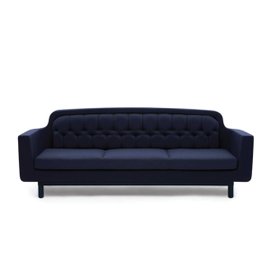
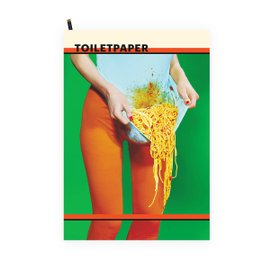
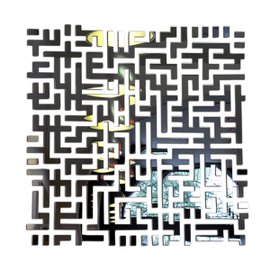

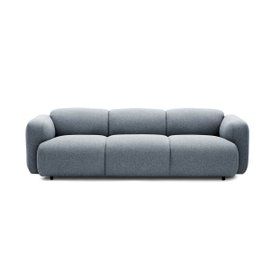
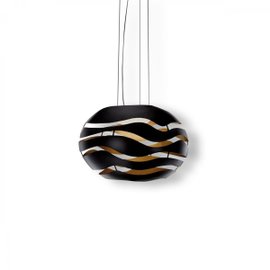
What happened to minimalism? Don’t worry: before deleting all the Pinterest boards you’ve been collecting in the last couple years, you should know that minimalism is alive and kicking. It has just been temporarily overshadowed by a curtain in pink velvet – not any old shade, but blush-pink.
Whether you believe it or not, minimalism isn’t just an aesthetic or decorative movement, or rather- undecorative: first of all it comes as a reaction to consumerism and its excesses. Why do you think it was so big in the last couple of years? Do you remember what you were wearing in the nineties? Well!
Minimalism is based on the following principle: have only what you need, only if you need it, only if it’s functional. Use less material and your life will be more peaceful, this is what minimalism promises. If you want to go from minimalism to maximalism without upsetting your internal balance too much, you could start by blowing up just a few pieces: why should you turn down a roomier table, for example?
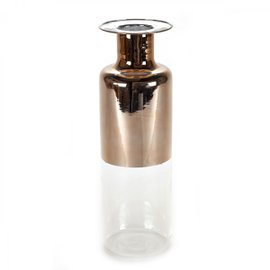
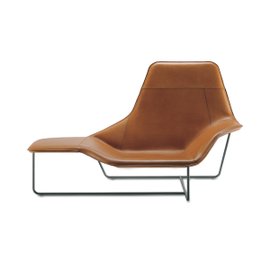
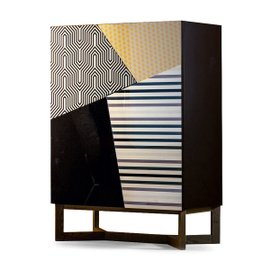
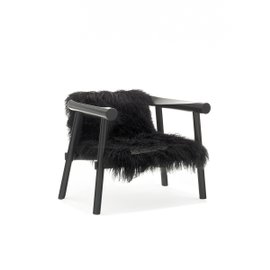
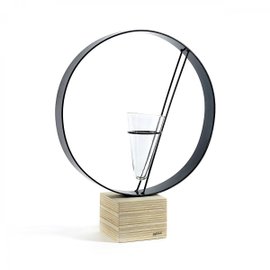
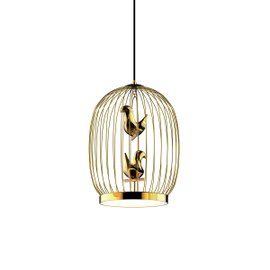
Furniture
Bonaldo
Giuseppe Viganò
Rooms
Kartell
Anna Castelli Ferrieri
Gifts
The best of Design
Smart Working
Kids
Italian Design
Decor-Mania: looking for the right object for yourself
Gibas
Roberto Giacomucci
Lighting
Shattered Geometries
Mauro Lipparini
LoveTheSign @ Gaudenzi
Design icons
A game of opposites
Made in Italy icon
Ferm Living
Textiles
Sitting Bull
Outdoor
Normann Copenhagen
Simon Legald
Dining
Maurizio Cattelan e Pierpaolo Ferrari
Seletti
Robba Edition
Arik Levy
Home Accessories
Tortiger/Huez
Jonas Wagell
B.lux
Werner Aisslinger
Serax
Zanotta
Ludovica e Roberto Palomba
Coedition
Patricia Urquiola
Paris Mon Amour
Horm Casamania
Jake Phipps

 Back to
Back to
Size*
Quantity*




